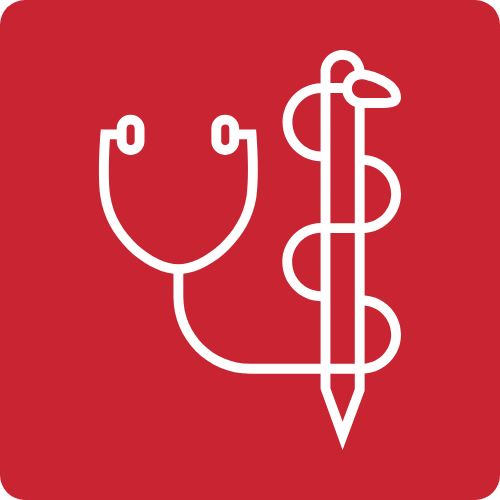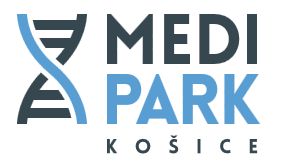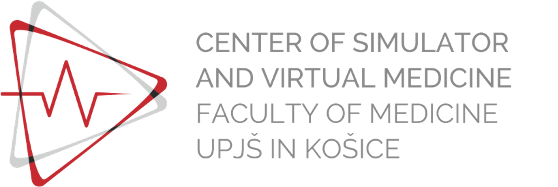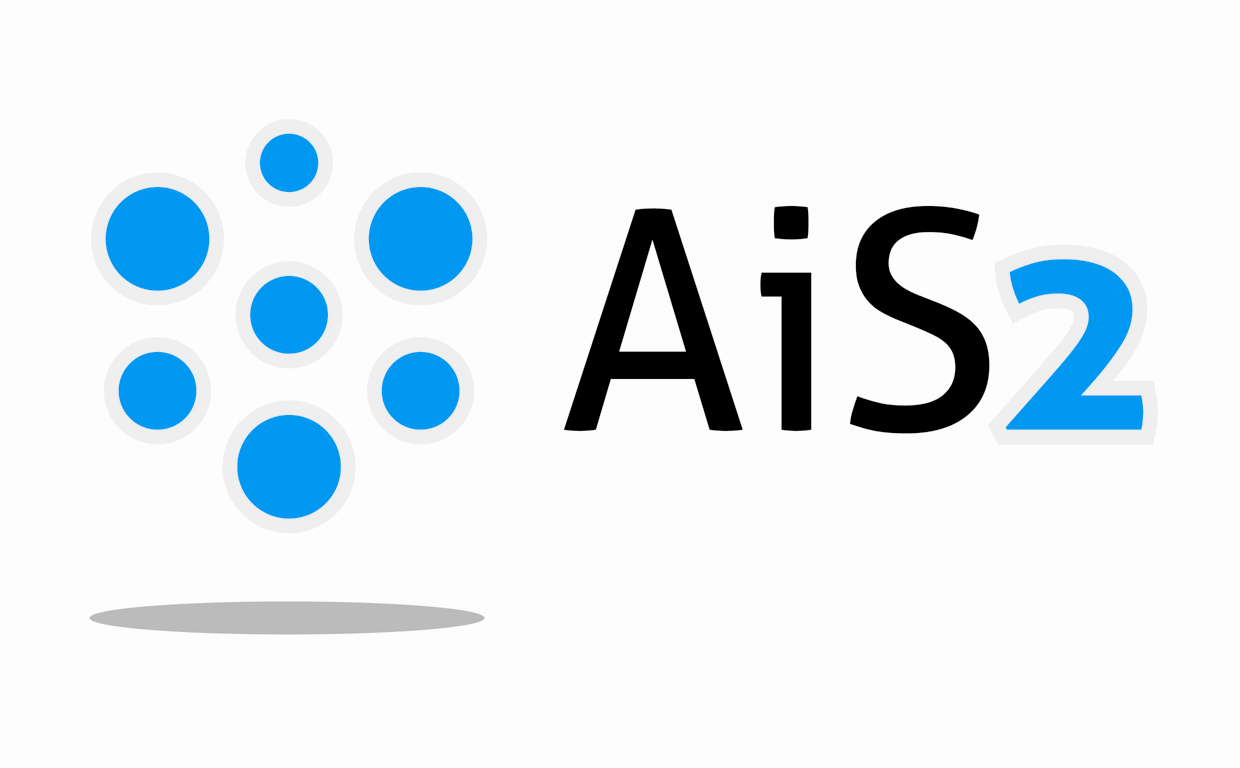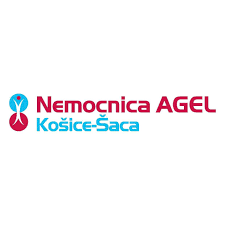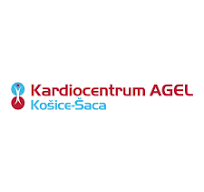| Trieda SNP 1, 040 11 Košice Department’s external web page |
||
Department of Pathophysiology is one of the oldest institutes of the Medical Faculty of P.J.Šafarik University and is tightly associated with the formation of the Faculty in 1949 and its further dynamic evolvement since the early 50-ties of the 20th century until today. Being equipped with strong and enthusiastic staffing with the high level of educational expertise including expert lecturing, animal modeling in practical lessons and scientific – research work of the european format Department of Pathophysiology at the Medical Faculty in Kosice significantly contributed to the evolvement of Human Physiology and Pathophysiology as educational and scientific disciplines in former Czechoslovakia and in Slovakia.
Education. Since its beginning Department of Pathophysiology provided organizational support and content of pregraduate subject Pathological Physiology for General Medicine and Dentistry. Within the European tradition Pathophysiology is the essential part of pre-clinical medical education, providing a systematic review of the scientific basis for the emergence and formation of the disease, symptoms (Nosology), contemporary overview of the causes and risk factors (etiology) of human diseases, mechanisms of progression and development of the clinical expressions (pathogenesis) to their pharmacological influence. Department became widely recognized by quality if lectures and high impact of the handbooks (Prof. Korec, Doc. Varga, Doc. Šofrankova). Since the second half of the 90s, based on experiences from abroad, the Department pioneered an unique implementation of the cellular and molecular pathogenesis in the curriculum of undergraduate education (Prof. Racz, Doc. Beňačka) in a compulsory subject Molecular basis of pathological processes persisting until now as Molecular pathophysiology including original textbooks Basics of molecular medicine.
Scientific – research work. Traditional areas of scientific research at the Department of Pathophysiology were defined already in the 50s and further elaborated in the 60-ies of 20th century and included the experimental modeling of pathogenesis and treatment of diabetes mellitus (DM) in rats (Prof. Korec) and the pioneering research of protective reflexes of the upper respiratory airways (UAW) in experimental animals (Prof. Korpáš, Prof. Tomori). Both these research areas acclaimed european and world-wide interest and fame. Above research directions continued in 70s, 80s and 90s being focused on the biochemical nature and chronic complications of DM including oxidative damage and antioxidant protection in humans (Prof. Rácz) and the study of the mechanisms of hypoxic cardiorespiratory failure and resuscitation effects of the UAW reflexes in animal models (Prof. Tomori, Doc. Beňačka, Prof. Donič). The later research topic continued and focused on the respiratory arrhythmias upon cardiorespiraotry failure and the study of cardiac and vegetative functions modified by reflexes from branchiogenic area in humans (Doc. Beňačka) in the past decade. At this time, further research topic evolved – multigenerational studies of the chronic lifetime exposure to sub-toxic doses of heavy metals (cadmium, mercury, lead) to reproductive and other physiological parameters and corresponding mechanism of oxidative stress in rats (Prof. Nišiar, Dr. Lovásová). Participation of the Department in research projects co-funded by EU in recent years has allowed formation of the Laboratory of Applied Physiology which is oriented on electrophysiological methods of research in humans (Doc. Beňačka. Dr. Sedláková).
| Office hoursRoman Beňačka, MD, PhD, Assoc. Prof. Head of the Department of Pathophysiology Tuesday 13:00 – 14:00 h Term of visit announce in the secretary office in advance |
Location. Department is situalted in Section I, 8th floor of the building of Medical Faculty at SNP Ave 1.. Practical lesson room is localized at 1st floor on the corridor linking entranmce hall of the faculty with Polyclinics and Hospital. Nearby the entrance into practical lesson room there is a box with printed departmental announcements and shedules. Practical lessons in english language are done in different lecture rooms.
